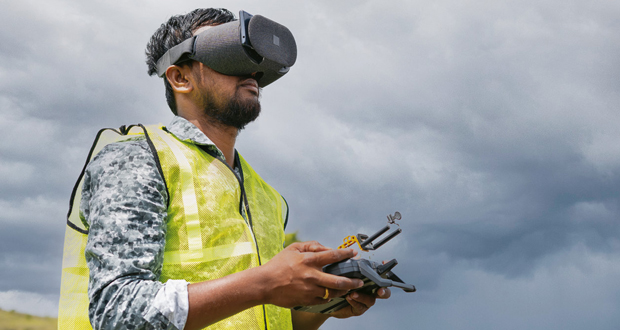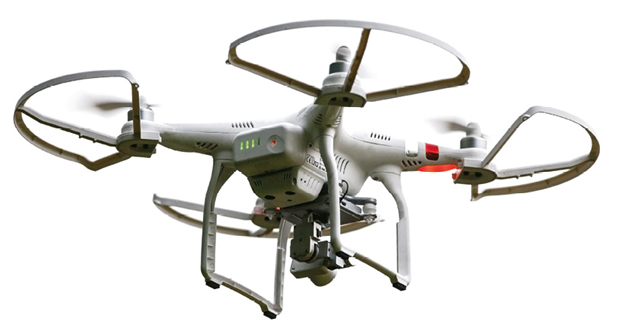THE TECHY BIT
Innovative drone technology helps create the much sought-after golden thread for fabric maintenance through a combination of AI and workflow automation. The technology acquires visual data in the form of photos, videos, laser imaging during flight. These files can then be uploaded to an online platform through a simple drag and drop process.
From here, the system automates a workflow internally, generating a vision analysis from the image data bank. The more images it contains, the more accurate its decisions are, as the systems learns over time.
The technology then automates a defect analysis before generating the necessary remediation solutions, building condition insights and reporting. It can also be used to check that building exterior remains compliant to building regulations. Finally, the technology can improve contractor management through automated contractor evaluation, ensuring that all maintenance and remediation is up to standard and meets all relevant SLAs or KPIs.
Building information modelling (BIM) integration enables users to visualise 3D BIM models. This allows them to review building components for repair and remediation works. In addition, the platform can sync CAD and REVIT files, creating one-stop document management platform.
The technology can also be integrated with enterprise asset management platforms and enterprise project portfolio software to automate work orders. Once the platform has performed the defect analysis and identified the necessary maintenance and remediation solutions, it can trigger work orders on third-party systems and streamline maintenance via access to the latest tasks lists and service bulletins on both platforms. What’s more, it can streamline project management workflows and synchronise project and inspection reports.
DRONES IN ACTION
Automating fabric inspections with drones can also help reduce the time it takes to inspect facades, drastically reducing operational and labour costs.
The drone technology may also be instrumental when coming to the end of a contract. A business may have to return a building to its landlord in two years. The data richness of the platform would allow the occupier to plan ahead for potential dilapidation work, spreading it over the 24 months rather than the usual panic and mad rush at the end.
One of our customers has seen how the technology could benefit the company in the PFI market where there is a requirement to carry out surveys every five years. They explained: “The technology’s ability to help us compare data sets, automate the process for maximum efficiency and do it at a dramatically lower cost should allow us to move to yearly surveys instead.”
The use of drones in building facade inspections is a transformative method for assessing the condition of buildings. By using drones, facilities can access hard-to-reach areas of a building’s facade, collect high-resolution images and videos, and perform comprehensive analyses of the data gathered to maximum effect.






